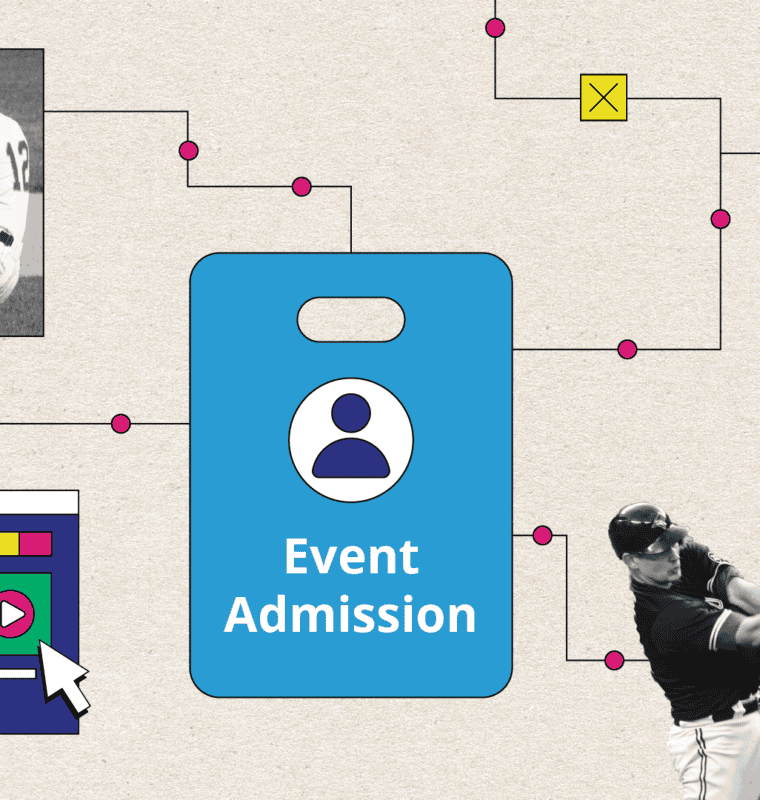
Image by Rachel Adams
After taking graphic design as a high school freshman in Missoula, Montana, Nicole was hooked. She was so diligent about immediately practicing her newly acquired skills that classmates came to know Nicole’s design prowess, to which she applied her great sense of humor.
“I used to photoshop my classmates’ faces onto images. When Miley Cyrus released her ‘Wrecking Ball’ video—I had fun with that.” Soon, she was flooded with requests. It’s rare to be so certain about a career path at the tender age of 14, but Nicole’s passion for digital creativity never wavered. And sometimes, it even got her out of math class. “If the school newspaper needed something, I’d be excused from whatever class I was in to help,” she said.
From real estate, to public health, to Gartner
Nicole majored in graphic design at Montana State, where she interned for the athletic department’s marketing team. And she may have completed one of the more unique theses on Earth for graphics students: to raise awareness of a chronic condition from which a family member suffered, she designed a website for Postural Orthostatic Tachycardia Syndrome (POTS). Not long after graduating, Nicole moved to Texas and embarked on a professional journey that can best be described as eclectic. She created beautiful things for a boutique real estate brokerage business; inventive images for a logistics company; stunning designs that supported public health awareness campaigns; and corporate creative at Gartner, the tech research and consulting firm.
Finding a home away from home
With a desire to continue trying new things and build on what she learned at Gartner, Nicole applied to 2A. “What I love most about 2A is the people—we have a great team,” Nicole said. “Everybody here cares, and that’s hard to find at other jobs.”
Nicole learned this firsthand, when she flew to Washington state for her first 2A retreat—only to be struck down by food poisoning. “I was excited to meet my coworkers in person and was like, ‘Hi! I have to go throw up!’” she recalled. “So many people at 2A helped me get through that.” Since joining 2A, Nicole has learned a lot and said 2A’s culture has fostered that growth. “I love that we have creative freedom and are encouraged to try to do things differently.”
A bit of botany
Outside of design, she has a love for two kinds of living things: dogs and plants. Nicole recently added a puppy to accompany her dog Odie, and she and her husband tend to a collection of 117 plants—a habit that began after she was encouraged to take a spider plant home from the office years ago. Beyond that, Nicole paddleboards in the summer, but mostly appreciates spending time with family. Every now and then, she makes a point to check out Austin’s food truck scene. “If there is a plant nursery near a food truck, that’s where we go,” she joked (but come on, we know she’s totally serious).





















